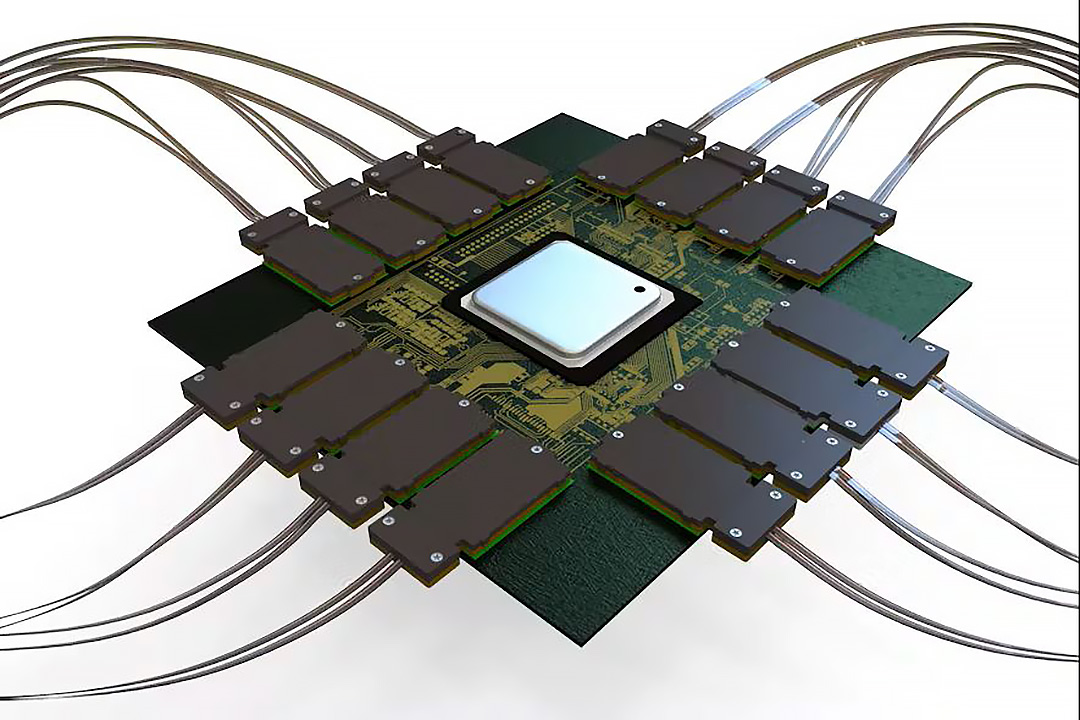Several studies predict that the market of optical pluggable will be challenged by alternative technologies as the data rates continue to increase to 800G and beyond. The interface circuits start exceeding 50% of the power of the switches and the electrical interface of the FPP is pushed to the limits. Future generation network switches beyond bandwidths of 51.2Tbps require new technologies to control the power consumption. On-board optics and co-packaged optics are emerging technologies that provide pathways to solve the technical challenges of the interface.
TFLN modulator technology hold strong promises for both OBO and CPO, as it’s compatibility with silicon photonics provides pathways to integration of different functionalities in a miniaturized manner.
As AI workloads surge, the computational demands also become staggering. These massive training models, housed in nonblocking clusters, face limitations due to interconnect costs and power constraints. To address this challenge, novel efficiencies from optical technologies must emerge. These breakthroughs aim to control the increasing power needs while supporting the continuous growth of ML clusters.
Again TFLN optical engines are interesting candidates due to their large optical wavelength window, high modulation rates, low optical loss and efficiency. This helps to increase the density of the interconnects.

More Markets
Data Center
In a data center, the connection between servers and switches is established through optical modules. These are essential components of any data center, with optical chips serving as its core element.
Data Centre Interconnect (DCI)
Data Center Interconnect (DCI) enables the seamless connection and data exchange between geographically dispersed data centers. It ensures efficient communication, high-speed data transfer, and improved redundancy across multiple sites.
LIDAR
LIDAR (Light Detection and Ranging) is a remote sensing technology that uses laser pulses to measure distances and create high-resolution 3D maps of environments. It is widely used in applications like autonomous vehicles, mapping, and environmental monitoring.
Get in touch today
We’d love to hear from you! Whether you have a question, feedback, or need support, feel free to reach out.
